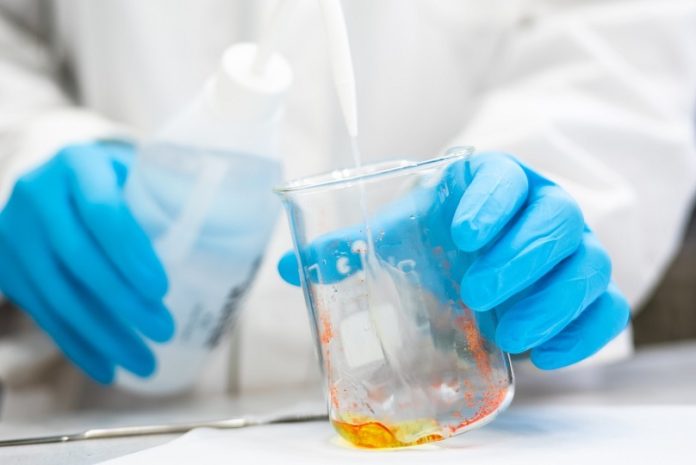
In a groundbreaking achievement, scientists from Linköping University in Sweden have successfully developed a remarkable material called goldene, consisting of single-atom-thick sheets of gold.
This breakthrough opens the door to a wide range of potential applications, including carbon dioxide conversion, hydrogen production, and the creation of valuable chemicals.
Creating goldene was no easy feat, as previous attempts to produce single-atom-thick gold sheets had failed due to the metal’s tendency to clump together.
However, the researchers at Linköping University found success by employing a centuries-old Japanese forging technique.
The process involved embedding gold between layers of titanium and carbon in a three-dimensional base material.
Initially, the researchers had been working on a different project involving an electrically conductive ceramic material called titanium silicon carbide. They intended to coat this material with gold to improve its conductivity.
However, during exposure to high temperatures, the gold replaced the silicon layers inside the base material—a phenomenon known as intercalation.
For years, the researchers had titanium gold carbide without knowing how to extract the gold. Then, by chance, they stumbled upon a solution inspired by Murakami’s reagent, a chemical used in Japanese knife-making to etch away carbon residue.
After experimenting with different concentrations and etching times, they discovered the optimal conditions for extracting the gold sheets.
The final step involved stabilizing the gold sheets to prevent them from curling up. By adding a surfactant—a long molecule that separates and stabilizes the sheets—the researchers were able to keep the goldene sheets stable in a solution.
The unique properties of goldene arise from the fact that gold becomes a semiconductor when it is just one atom layer thick, giving it two free bonds.
This opens up a multitude of potential applications, including catalyzing hydrogen production, purifying water, and even communication technologies.
Furthermore, the creation of goldene could significantly reduce the amount of gold needed for various applications, making them more cost-effective and sustainable.
The researchers are now exploring whether similar techniques can be applied to other noble metals and are excited about the possibilities for future discoveries and applications.



